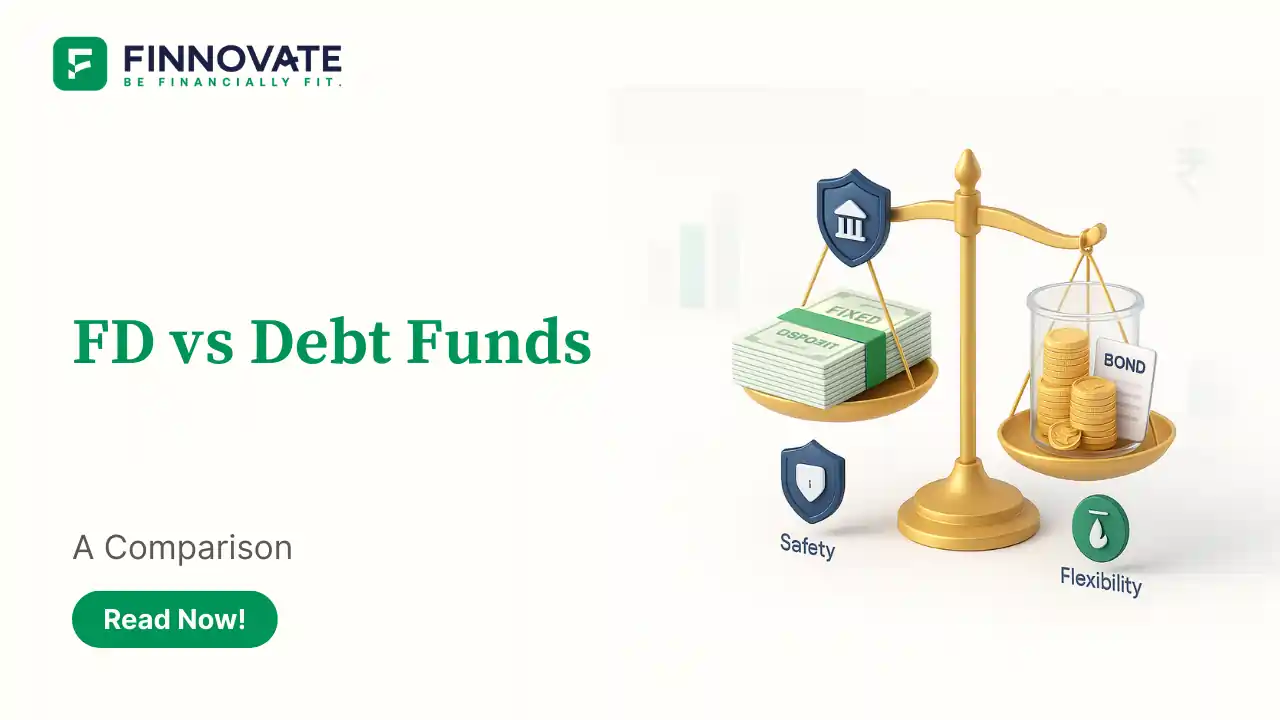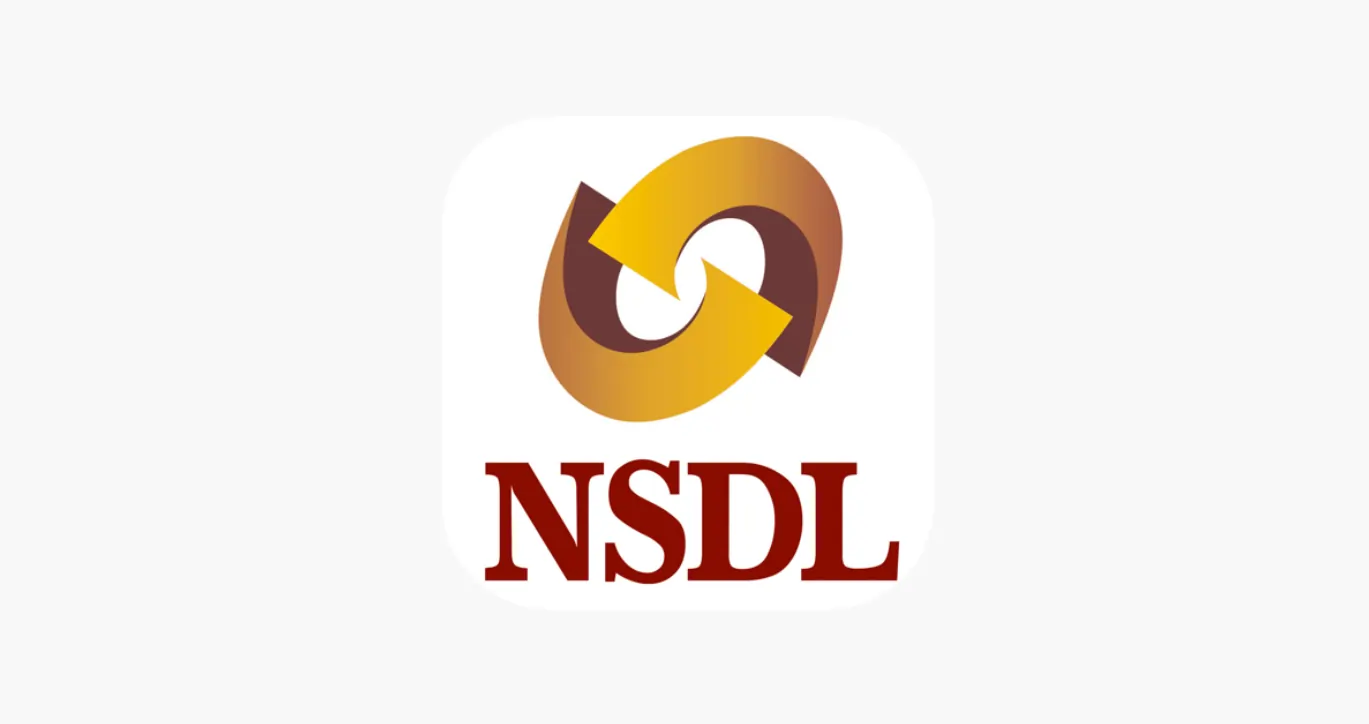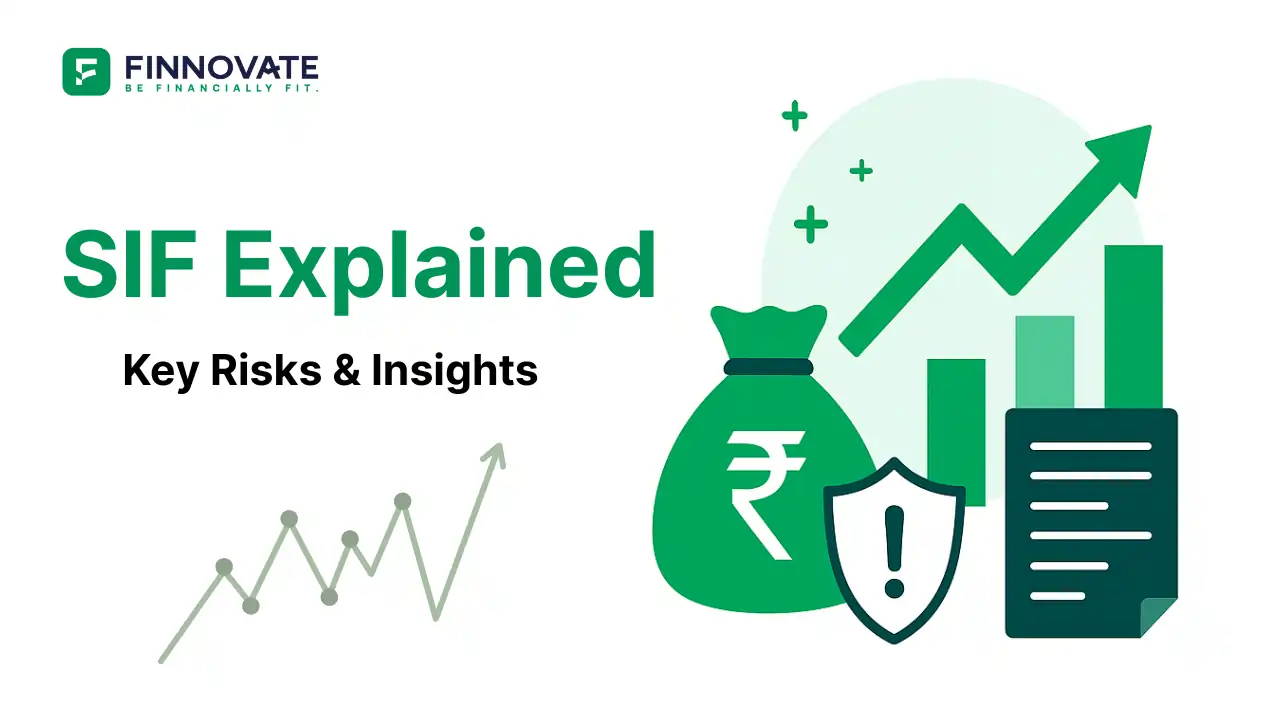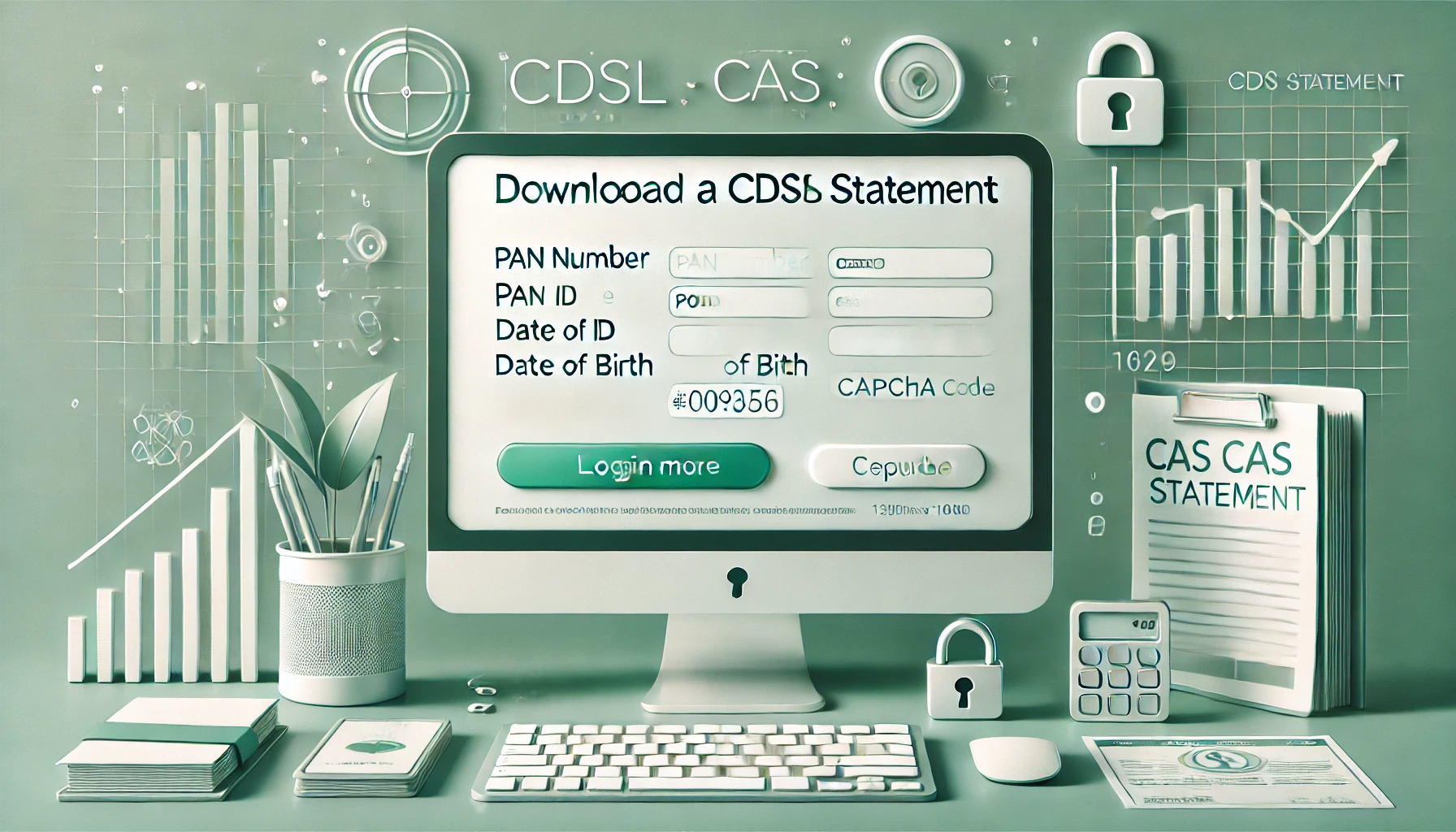
Debt Fund vs FD: A Simple Comparison (Returns, Tax, Risk)
Debt Fund vs FD explained in simple. Compare safety, returns, tax, risk and liquidity. See...
Struggling with a low credit score? You’re not alone - and the good news is, it can be fixed.
Your credit score plays a big role in whether you get loans, how much interest you’ll pay, and even the type of credit card you’re eligible for. In India, a CIBIL score of 750+ is considered healthy - and anything below that can hurt your chances.
This guide will help you understand:
In India, credit scores are issued by four RBI-approved agencies: TransUnion CIBIL, Experian, Equifax, and CRIF Highmark. Of these, CIBIL is the most widely accepted.
| CIBIL Score Range | What It Means |
|---|---|
| 750 and above | Excellent - Easy loan approvals |
| 700–749 | Fair - Possible but not guaranteed |
| 600–699 | Poor - Higher risk of rejection |
| Below 600 | Very poor - Credit repair needed |
Let’s now walk through how to increase your CIBIL score, step-by-step.
Why it matters: Payment history makes up nearly 35% of your credit score.
Even a single missed EMI can hurt your score and stay on your record for years.
Action Plan:
CIBIL typically takes 6–8 months of consistent repayment to show improvement.
Yes - electricity, broadband, water, and mobile bill payments also impact your credit indirectly.
If your bill payment:
…it may be reported and could lower your score.
Action Plan:
Paying only the “minimum due” is a trap.
Credit card companies charge 30–42% interest annually on the balance you carry forward.
Best practices:
Lower credit utilisation = Higher CIBIL score
There are two kinds of credit:
Too many unsecured loans show lenders you may be over-leveraged.
Action Plan:
Every loan or credit card application = “hard enquiry” on your credit report.
Too many hard enquiries especially rejected ones - can tank your score.
Action Plan:
5 loan rejections in a month can hurt more than 1 major default.
Your CIBIL score is updated every 30 to 45 Days, based on data submitted by banks and NBFCs.
But mistakes happen:
Action Plan:
| Default Type | Typical Recovery Time |
|---|---|
| Missed EMI (1–2 times) | 3–6 months |
| Credit card maxed out | 6–12 months |
| Loan settlement or NPA | 2–4 years |
The key is consistency and patience. Credit rebuilding is not overnight but it’s always worth the effort.
Book a quick session with a financial planner and learn how to build your score strategically.
Book a Free CallImproving your CIBIL score in India isn’t rocket science, it’s about being disciplined with money, credit cards, and repayments.
The earlier you start, the sooner you rebuild trust with lenders.
A CIBIL score is typically updated every 30 to 45 days, based on data provided by banks and other financial institutions.
No - only “hard inquiries” by lenders affect your score. Self-checks are “soft” and safe.
Clear all EMIs and credit card dues on time, reduce credit utilisation, and avoid new loan applications for a few months.
Disclaimer: This article is for informational purposes only and should not be considered a substitute for professional financial consultation.
Popular now

Learn how to easily download your NSDL CAS Statement in PDF format with our step-by-step g...

Explore what Specialised Investment Funds (SIFs) are, their benefits, taxation, minimum in...

Learn How to Download Your CDSL CAS Statement with our step-by-step guide. Easy instructio...

Analyzing the potential economic impact of the 2025 India-Pakistan conflict on India's GDP...